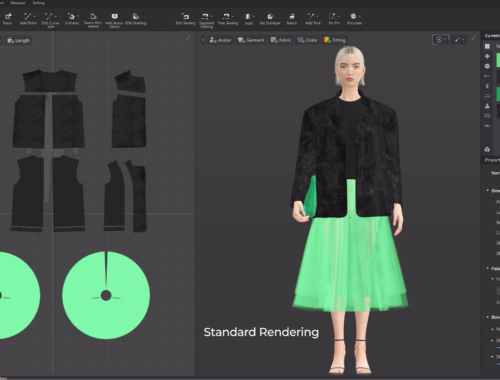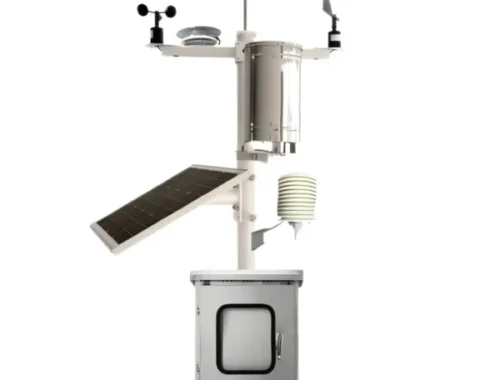The Fraught Relationship Between Cyclists and Cops
Cyclists and cops often don’t see eye to eye because they literally don’t see eye to eye
In New York City, as well as many other places in America, the relationship between police and cyclists can be fraught. Here’s a recent tweet from the NYPD’s 6th Precinct that infuriated local riders, and not just because of the gratuitous use of emojis:
Predictably, a Twitter tizzy ensued. After all, cyclists wondered, where was the equivalent reminder to motorists? Drivers commit all the infractions cited in the tweet, and not only are the consequences vastly worse, but often the drivers don’t face charges.
Then of course there was the accompanying image: an police car blocking a Citi Bike station in flagrant disregard of the pavement markings. Sure, officers might have been in the process of busting a cyclists for some egregious violation such as riding with earbuds or carrying a tote bag, but it still stung, especially given the frequency with which riders encounter cops in bike lanes. In a timeline filled mostly with handy crimefighting tips and “Wanted” tweets, this one felt suspiciously like a provocation.
In any case, the 6th offered the following explanation:
We address conditions and crimes where we observe them. We expect everyone to follow the law, be they in a car, on foot, or riding a bike.
Cyclists riding through red lights continue to be an issue that comes up at community council and neighborhood policing meetings.
At first blush this seems rational enough, but read it again and you’ll notice it contradicts itself: first it says they “address conditions and crimes where we observe them,” but then it says that cyclists disobeying the law is “an issue that comes up at community council and neighborhood policing meetings,” which implies their enforcement is motivated more by these secondhand reports than by direct observation. Certainly if you’re brunching on the sidewalk in the 6th, you’ll witness cyclists, drivers, and pedestrians (not to mention people on skateboards, Rollerblades, scooters, and all the other wacky forms of conveyance people use to get around the Village) violating traffic laws in equal measure. In fact, on the right day you may even get to see Alec Baldwin getting into a fistfight over a parking space, since that’s where the whole thing went down.
But while it’s at best a stretch to say New York City cyclists break the law more than other road users, it’s not surprising that the sorts of people who find cyclists annoying are more inclined to attend neighborhood meetings and be vocal about it. Furthermore, the people who run these meetings are appointed in a process that borders on the inscrutable, the upshot of which is that New York City community boards increasingly do not reflect the demographics of the neighborhoods they’re supposed to represent. (This is enough of a problem that an overwhelming majority of New Yorkers just passed a proposition to impose term limits on community board members.) And of course these non-representative groups and the cranky residents they cater to have the ear of the police, who seem to place more importance on their complaints than they do on actual data. Indeed, in an interview with Reclaim magazine, one officer said the following:
To what extent is traffic enforcement based on complaints like these, compared to say, data?
I would say the majority of traffic enforcement regarding e-bikes and bicyclists is based on complaints.
This anecdote-driven policing has serious consequences; last year, Mayor Bill de Blasio started a “blitz” on ebikes based on the complaints of an investment manager on the Upper West Side, and despite the absence of any data indicating e-bikes are particularly dangerous it’s still wreaking havoc on the lives of immigrant delivery workers, even after the city moved to legalize certain types of e-bikes.
Not only is the NYPD tough on cyclists who break the law, but it can also be tough on cyclists who get hurt or killed by others who break the law, which creates a general sense of mistrust. On top of this, cyclists and police often have a difficult time seeing eye to eye because they literally don’t see eye to eye; police tend to operate from cars and are thus particularly susceptible to “windshield perspective.”
It’s an understatement to say that motorists and cyclists have their fair share of misunderstandings, so when the people who are enforcing the traffic laws are doing so from behind the wheel the whole system is essentially designed to fail—asking drivers to keep more vulnerable road users safe is like asking Lenny from Of Mice and Men to look after your pet gerbil. And the implications of the police spending so much time in cars goes far beyond traffic enforcement, which is why getting cops out of them is such an important component of law enforcement reform.
And let’s not forget the perception common among police and civilians alike that when drivers hurt or kill people it’s an “accident” and not a crime. At the height of the MAGA bomber freakout a driver in Brooklyn ran a red light and sent another vehicle flying into a father and son who were crossing the street. No charges were filed, and here’s what an NYPD spokesperson had to say:
"With everything going on with packages and bombs, we're not going further into this because no one was likely to die or seriously injured," the spokesperson added.
We certainly owe a debt of gratitude to all the law enforcement agencies that caught the bomber, but violence is violence, whether it comes by pipe bomb or SUV. And when it comes to maiming and killing, the latter has a much better track record.
You May Also Like

AI in Fashion: Revolutionizing Design, Sustainability, and Shopping Experiences
February 28, 2025
Sprunki: Unveiling the Mysteries of a Hidden World
March 20, 2025